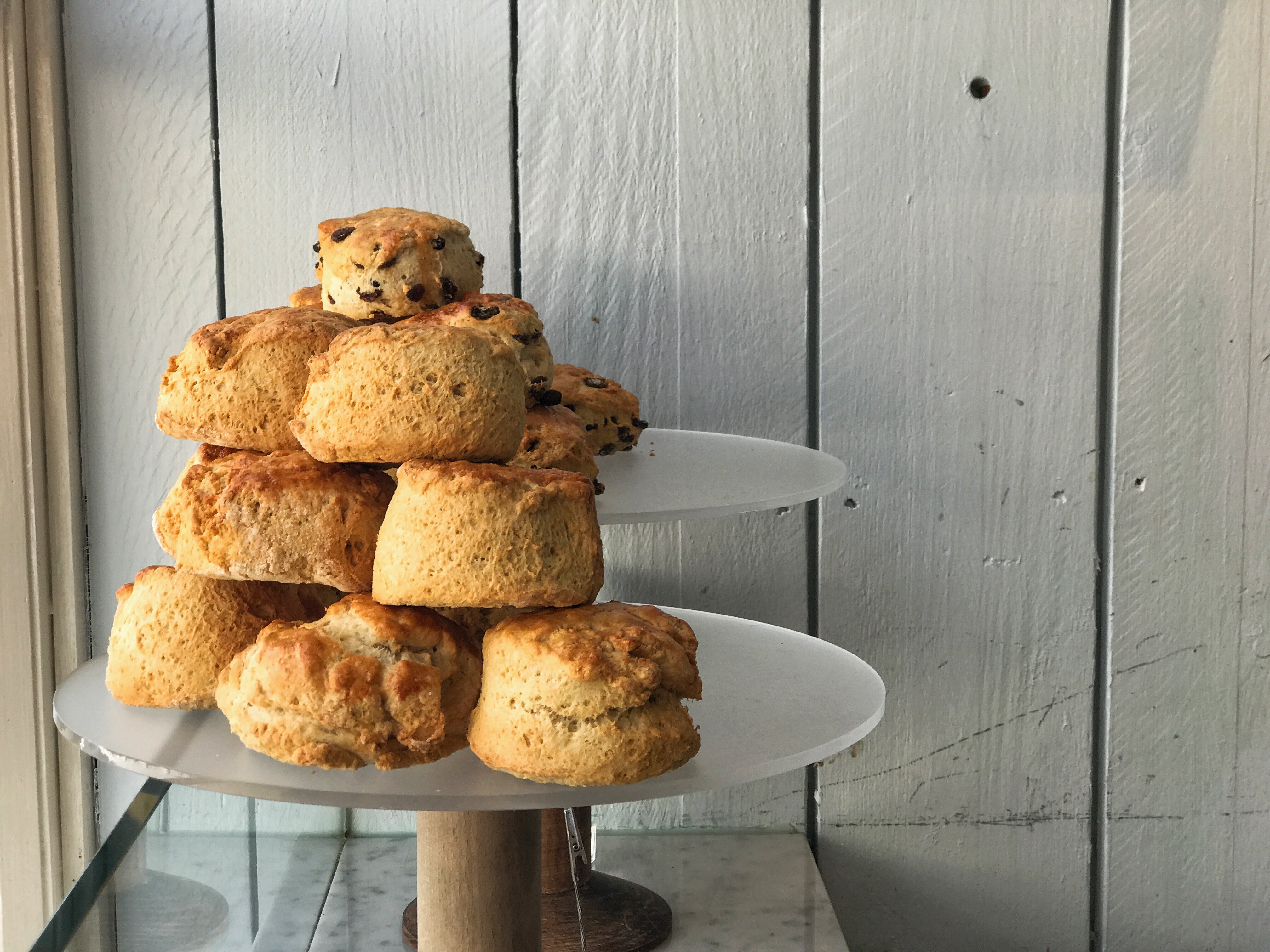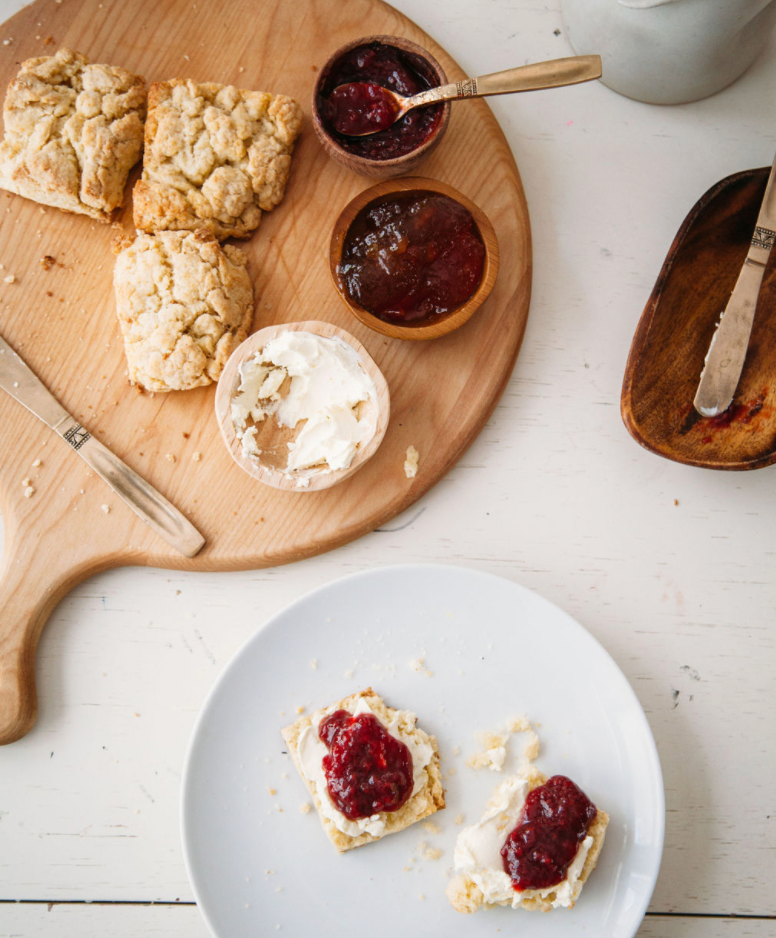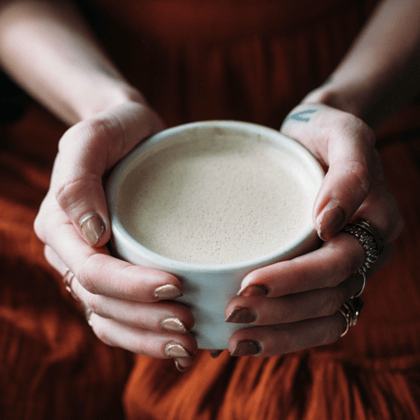For centuries, the British have famously paused each afternoon to enjoy tea. Since Duchess Anna of Bedford began the tradition of Afternoon Tea in 1840 to satiate afternoon hunger while waiting for a late evening meal, the practice, which became popular among society’s elite, has become so ingrained into English life that is now not only a daily custom, but also a time of day! Though we are all familiar with Afternoon Tea, the term Cream Tea is a little less familiar on this side of the pond.
Whereas a traditional Afternoon Tea consists of tea, scones, clotted cream, sandwiches and sweets, Cream Tea is a more down to earth and rustic light afternoon meal consisting of just tea, scones, clotted cream and jam. Typically enjoyed on a Sunday afternoon, It is a speciality of Devon and Cornwall.

Clotted cream is a thick cream similar to the consistency of whipped butter. It is made by heating or steaming milk, and then allowing it to cool slowly. Clotted cream has a rich, sweet nutty flavor...and is a perfect accoutrement to warm fresh scones and rich strawberry jam.
Scones are the backbone of Cream Tea, but in both Devon and Cornwall, you will also find a lighter, smaller alternative called the split. This traditional alternative is a lighter sweet white bread roll. If you see “Thunder and Lightning” on the menu, know that is refers to a round of bread or a Cornish split topped with clotted cream and then honey instead of jam.

Cream Tea, High Tea, and Afternoon Tea...What’s the Difference?
There is sometimes confusion over the difference between British Afternoon Tea and Cream Tea. Then additionally, you’ll hear people speak about High Tea as well. Here’s a little bit of information about each to help you distinguish between them.
Afternoon Tea
Afternoon Tea is a refined British experience. Typically served in hotel foyers and drawing rooms rather than in a dining room, tea is still always served in china cups and saucers. The tea selection is more delicate and diverse, and an array of bite sized treats are served. You will find scones and cream on the table as well as finger sandwiches, small pastries and sometimes even champagne.
High Tea
High Tea is another name for an early dinner and songs its name from the fact that it was originally served on a tall, or “high” table. High Tea offers a more substantial meal with cold meats, jam, tea cakes and fresh bread instead of finger foods. High tea is served on regular plates instead of fine china. Tea served during High Tea is usually strong and most often black. Historically, workers coming in from a long hard day at work in the fields or factories would sit down for High Tea as a precursor to a lighter evening meal.
Cream Tea
Cream Tea is a rustic, more simple and cozy afternoon tea featuring scones with clotted cream and jam.
Which Comes First...The Cream or the Jam?
The Devonian or Devonshire Method is to split the scone in two and cover each half with clotted cream. Then, strawberry jam is added on top.
The Cornish Method also splits the warm scone into halves, but starts with strawberry jam first. A spoonful of clotted cream is placed on top of the jam.

Regardless of your personal preference, Cream Tea is an experience to enjoy. It offers a chance to break from your daily activities and pause to enjoy tea, sweets and the companionship of good friends and family. Mark your calendar for the last Friday in June. It’s then that this historic British tradition comes alive on National Cream Tea Day for everyone to enjoy.
Try out the recipe for British Scones in our Recipes section and make plans to celebrate National Cream Tea Day with us! For your celebration at home, we suggest the following teas from the Firepot lineup: Firepot Breakfast, Rwandan Breakfast, Chai and Ceylon (British Black Tea).







Leave a comment
Comments will be approved before showing up.